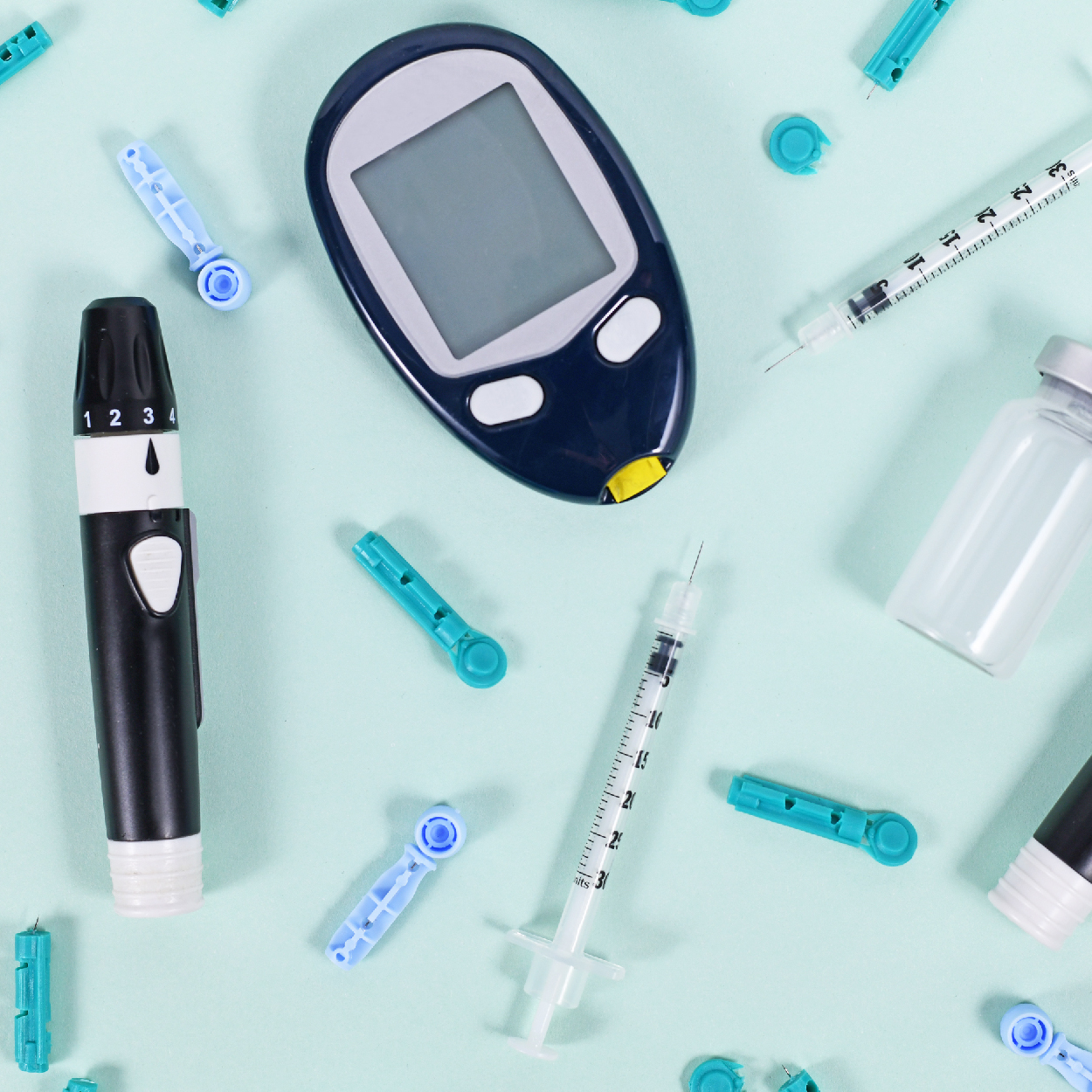While great strides in type 1 diabetes cure research have been made recently, a cure is still not fully realized. Separately, but related to type 1is the progress that has been made within management research, specifically, the development of the artificial pancreas (AP).
The AP concept is one that hopefully will bridge the gap for people with type 1 until a cure is found. Many companies and academic institutions are working toward this and it is getting closer to a reality because of the advent of the insulin pump and continuous glucose monitor (CGM) technology.
The basic thing to understand about the artificial pancreas is that it creates a closed-loop system, connecting two separate pieces of diabetes technology: the insulin pump and the CGM. With the AP, a computer program makes decisions about insulin delivery based on CGM readings rather than the person with diabetes.
In 2006 the medical device company, Dexcom, took a huge leap forward in diabetes management when it introduced the CGM. These devices work quite differently from finger sticks which can only record blood sugar measurements in the moment. CGMs, as their name suggests, measure glucose levels continuously in the subcutaneous space just below the surface of the skin, and record blood glucose readings in the interstitial fluid. Readings come from a disposable sensor worn on the body that transmits real time data to a device smaller and slimmer than an insulin pump. This constant stream of glucose measurements is translated into graphs patients can access on their CGM device, and they can see when levels are rising and falling. Patients can also program alerts that allow them to correct for hyperglycemic or hypoglycemic events. As someone who uses a CGM, I find myself using finger sticks less because I can get a quick peek at levels on my CGM device. And while there is still a bit of a lag–CGM numbers tend to trail a high and run ahead of a low–regularly calibrating the device by entering finger stick readings a few times day helps bring the CGM in line with real numbers. I’ve also learned how my body’s reactions are reflected in CGM readings.
Dexcom, and other CGM manufacturers are working toward accuracy, and Dexcom is still the leader in that arena. Dexcom was also the first company to figure out how to bypass the body’s immune system by using a membrane around the sensor’s platinum wire inserted under the skin. It prevents the body from rejecting it so it can be inserted much longer than insulin pump tubing, which has to be changed every 2-3 days. The CGM sensor can be inserted for 7-10 days. Dexcom also has its Share system, which is an active remote monitoring system that allows up to five care providers and/or family members/care givers to keep track of real time blood sugar levels. This is especially important in children and elders with diabetes. Former Dexcom CEO Terry Gregg detailed the company’s market research.
Getting insurance to cover CGMs is another matter. Most plans only want to cover people with diabetes who are insensitive to lows and therefore more prone to pass out, be admitted to the hospital, etc. Those patients have special needs but I, and many type 1 folks I’ve spoken to agree, that all type 1 patients would benefit from pump therapy tied to a CGM. CGMs not only relieve the stress of daily diabetes management (the device measures blood sugar levels not the patient) but they go far in helping patients keep their blood sugars within a safe and consistent range. They are integral to a preventive care approach that can help avoid the many expensive physical and emotional complications of type 1.
Much research and many trials have been going on for the last several years trying to make the artificial pancreas a reality, and it looks like that research will soon culminate in several products coming to market in the next 2-3 years.
So while we wait for a cure, we can look forward to significant help in managing the condition in the near future.




